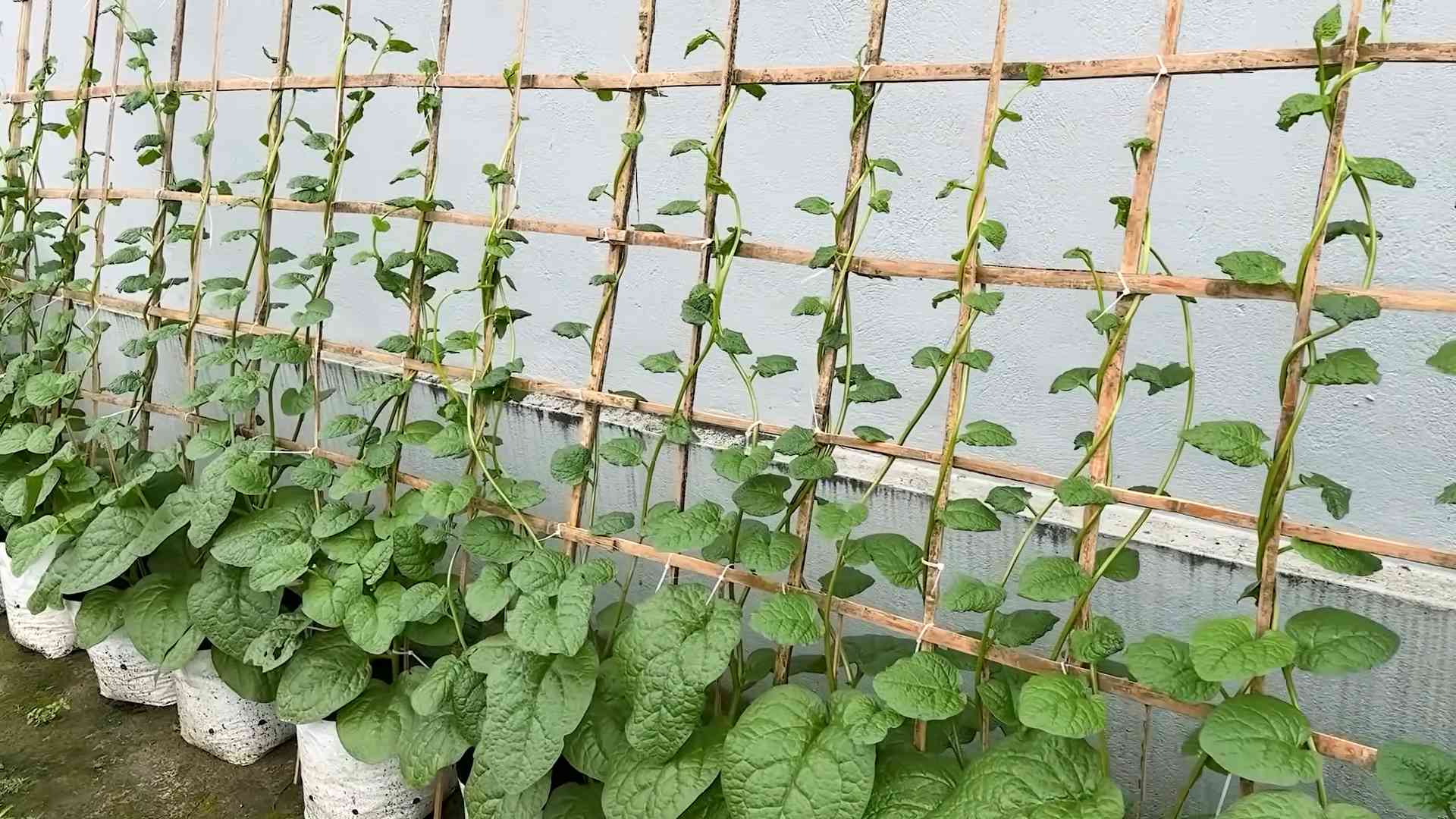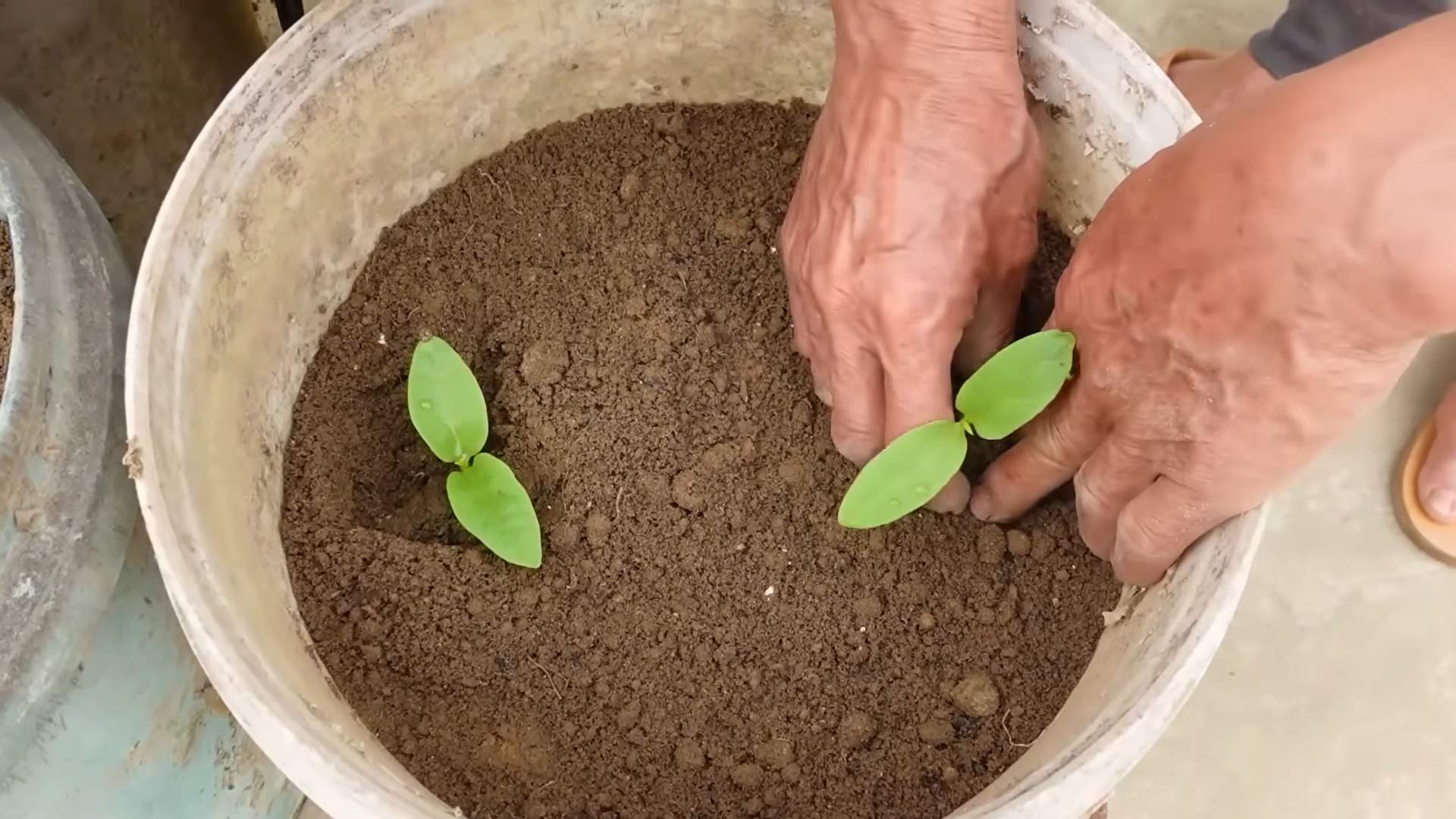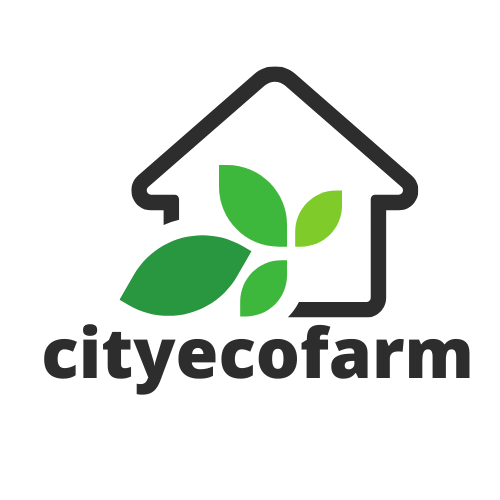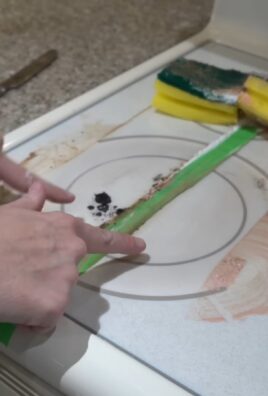Vegetable tower garden DIY projects are taking the gardening world by storm, and for good reason! Imagine fresh, homegrown veggies just steps from your kitchen, even if you’re short on space. Forget sprawling gardens – we’re talking vertical victory! Are you tired of battling weeds, bending over aching backs, and feeling limited by your tiny balcony or patio? Well, get ready to unleash your inner gardener because this guide is your ticket to a bountiful harvest in a compact, stylish package.
The concept of vertical gardening isn’t new. Think of the Hanging Gardens of Babylon, one of the Seven Wonders of the Ancient World! While we might not be building anything quite so grand, the principle remains the same: maximizing space and bringing nature closer to home. Today, with urban living on the rise and a growing desire for sustainable food sources, the vegetable tower garden DIY approach is more relevant than ever. It’s a fantastic way to connect with nature, reduce your carbon footprint, and enjoy the unparalleled taste of freshly picked produce.
I know what you’re thinking: “DIY? Sounds complicated!” But trust me, it doesn’t have to be. This article will break down the process into easy-to-follow steps, offering tips and tricks to help you build your own thriving vegetable tower garden. We’ll cover everything from choosing the right materials to selecting the best vegetables for vertical growth. So, let’s ditch the store-bought veggies and embark on this exciting DIY adventure together! Get ready to impress your friends and family with your green thumb and enjoy the delicious rewards of your very own vertical garden.

DIY Vegetable Tower Garden: Grow Up, Not Out!
Hey there, fellow garden enthusiasts! Are you dreaming of fresh veggies but short on space? I totally get it! That’s why I’m so excited to share this awesome DIY project with you: building your very own vegetable tower garden. It’s a fantastic way to maximize your yield in a small area, and honestly, it looks pretty darn cool too!
This project might seem a little intimidating at first, but trust me, it’s totally doable, even for beginners. I’ll walk you through every step, from gathering your materials to planting your first seedlings. Let’s get our hands dirty!
What You’ll Need: The Supply List
Before we dive in, let’s make sure you have everything you need. This is crucial for a smooth building process. Here’s a comprehensive list:
* Two Different Sized Plastic Buckets: You’ll need one larger bucket (think 5-gallon) and one smaller bucket (around 2-gallon). The smaller bucket will nest inside the larger one. Make sure they’re food-grade plastic, especially if you’re planning on growing edibles.
* Drill with Various Drill Bits: You’ll need a standard drill bit for making drainage holes and a larger hole saw bit (around 2-3 inches in diameter) for creating the planting pockets.
* Utility Knife or Sharp Scissors: For trimming and shaping the landscape fabric.
* Landscape Fabric: This will line the inside of the tower and prevent soil from washing out.
* Potting Soil: Choose a high-quality potting mix that’s well-draining. Avoid using garden soil, as it can compact too much in a container.
* Measuring Tape or Ruler: Accuracy is key for even spacing of your planting pockets.
* Permanent Marker: For marking the bucket where you’ll be drilling.
* Gravel or Small Rocks: For drainage at the bottom of the tower.
* Seedlings or Seeds: Choose compact varieties of vegetables and herbs that are well-suited for container gardening. Think strawberries, lettuce, spinach, herbs like basil and thyme, and even dwarf tomatoes.
* Safety Glasses: Protect your eyes from flying plastic debris when drilling.
* Gloves: Keep your hands clean and protected.
* Watering Can or Hose: For watering your plants.
Building the Tower: Step-by-Step Instructions
Okay, let’s get building! This is where the magic happens. Follow these steps carefully, and you’ll have your vegetable tower garden up and running in no time.
1. Prepare the Larger Bucket: Drainage is Key!
* First, grab your larger bucket. This will be the main body of your tower.
* Using your drill and a standard drill bit (around 1/4 inch), drill several drainage holes in the bottom of the bucket. I usually go for about 6-8 holes, evenly spaced. This is super important to prevent waterlogging and root rot.
* Next, add a layer of gravel or small rocks to the bottom of the bucket, about 2-3 inches deep. This will further improve drainage.
2. Prepare the Smaller Bucket: The Watering System Core
* Now, take your smaller bucket. This will act as a central watering system.
* Drill numerous small holes (again, about 1/4 inch) all over the sides and bottom of the smaller bucket. The more holes, the better the water distribution.
* This bucket will be placed inside the larger bucket and filled with water, slowly releasing moisture to the surrounding soil.
3. Creating the Planting Pockets: Where the Magic Grows
* This is where the tower starts to take shape! On the larger bucket, use your measuring tape and permanent marker to mark the locations for your planting pockets.
* I recommend staggering the pockets in rows, leaving about 6-8 inches between each pocket vertically and horizontally. This will give your plants enough room to grow.
* Use your hole saw attachment on your drill to cut out the planting pockets at each marked location. Be careful and go slowly to avoid cracking the plastic.
* Smooth out any rough edges around the holes with your utility knife or scissors.
4. Lining the Tower: Keeping the Soil In
* Now, we need to line the inside of the larger bucket with landscape fabric to prevent the soil from washing out through the planting pockets.
* Cut a piece of landscape fabric that’s large enough to line the entire inside of the bucket, with some overlap at the top.
* Carefully tuck the landscape fabric into the bucket, making sure it covers all the planting pockets. You can use a few dabs of hot glue (optional) to secure the fabric in place, but it’s usually not necessary.
* Trim any excess fabric at the top of the bucket.
5. Assembling the Tower: Putting It All Together
* Place the smaller bucket (the one with all the holes) inside the larger bucket. Center it as best you can.
* Now, start filling the space between the two buckets with your potting soil. As you fill, gently pack the soil around the smaller bucket.
* Make sure the soil is level with the top of the larger bucket.
6. Planting Your Veggies: The Fun Part!
* Now for the most exciting part: planting your seedlings!
* Gently remove your seedlings from their containers and loosen the roots a bit.
* Carefully insert the seedlings into the planting pockets, making sure the roots are well covered with soil.
* For the top of the tower, you can plant directly into the soil.
* Water thoroughly after planting.
7. Watering and Maintenance: Keeping Your Tower Thriving
* Fill the smaller bucket with water. This will slowly release moisture to the surrounding soil, keeping your plants hydrated.
* Check the soil moisture regularly and water as needed. You may need to water more frequently during hot, dry weather.
* Fertilize your plants regularly with a balanced liquid fertilizer, following the instructions on the fertilizer package.
* Remove any dead or yellowing leaves to keep your plants healthy and productive.
* Rotate the tower occasionally to ensure even sunlight exposure for all your plants.
Choosing the Right Plants: What Grows Best in a Tower?
Not all plants are created equal when it comes to tower gardens. You’ll want to choose varieties that are compact, don’t get too large, and thrive in containers. Here are some of my favorites:
* Lettuce and Spinach: These leafy greens are perfect for tower gardens. They’re easy to grow, and you can harvest them continuously.
* Strawberries: Strawberries love growing in towers! They cascade beautifully over the sides, and you’ll have fresh berries all season long.
* Herbs: Herbs like basil, thyme, oregano, and mint are all great choices for tower gardens. They’re compact, fragrant, and add flavor to your cooking.
* Dwarf Tomatoes: Look for dwarf or bush varieties of tomatoes that are specifically bred for containers. They won’t get as large as regular tomatoes, making them ideal for tower gardens.
* Peppers: Small pepper varieties like chili peppers or bell peppers can also do well in tower gardens.
* Radishes: These fast-growing root vegetables are a fun and easy addition to your tower.
Tips and Tricks for Success: Making Your Tower Garden Flourish
Here are a few extra tips to help you get the most out of your vegetable tower garden:
* Location, Location, Location: Place your tower garden in a sunny spot that receives at least 6-8 hours of direct sunlight per day.
* Soil Matters: Use a high-quality potting mix that’s well-draining and contains plenty of nutrients.
* Water Wisely: Water deeply and regularly, but avoid overwatering. Check the soil moisture before watering to make sure it’s actually needed.
* Fertilize Regularly: Feed your plants with a balanced liquid fertilizer every few weeks to keep them healthy and productive.
* Pest Control: Keep an eye out for pests and diseases, and take action promptly if you spot any problems. Insecticidal soap or neem oil can be effective for controlling many common garden pests.
* Mulch It Up: Add a layer of mulch around your plants to help retain moisture and suppress weeds.
* Get Creative: Don’t be afraid to experiment with different plant combinations and arrangements. Have fun and see what works best for you!
Troubleshooting: What to Do When Things Go Wrong
Even with the best planning, sometimes things can go wrong. Here are a few common problems you might encounter and how to fix them:
* Yellowing Leaves: This could be a sign of overwatering, underwatering, nutrient deficiency,

Conclusion
So, there you have it! Building your own vegetable tower garden is more than just a weekend project; it’s an investment in fresh, healthy produce, a sustainable lifestyle, and a visually stunning addition to your outdoor space. We’ve walked you through the steps, highlighted the benefits, and hopefully, inspired you to take the plunge.
Why is this DIY trick a must-try? Because it’s a game-changer for anyone, regardless of their gardening experience or the size of their property. Apartment dwellers can enjoy fresh herbs and vegetables on their balconies, while homeowners can maximize their garden yield in a fraction of the space. The vertical design not only saves space but also reduces bending and kneeling, making gardening more accessible and enjoyable for everyone. Plus, the improved air circulation and drainage minimize the risk of pests and diseases, leading to healthier, more abundant harvests.
But the best part? It’s completely customizable! Feel free to experiment with different materials. Instead of PVC pipes, consider using repurposed pallets, stacked tires, or even old rain gutters. The possibilities are endless! You can also tailor the plant selection to your specific tastes and needs. Imagine a tower overflowing with fragrant herbs like basil, rosemary, and thyme, or a vibrant display of colorful vegetables like tomatoes, peppers, and lettuce.
For those looking for variations, consider adding a self-watering system to your vegetable tower garden. This can be as simple as a reservoir at the bottom of the tower with a wicking system to draw water up to the plants, or a more sophisticated drip irrigation system connected to a timer. This is especially helpful if you live in a hot climate or tend to forget to water your plants regularly. Another variation is to incorporate companion planting techniques. For example, planting marigolds near your tomatoes can help deter pests, while planting basil near your peppers can improve their flavor.
Don’t be afraid to get creative and personalize your vegetable tower garden to reflect your own unique style and preferences. Add decorative touches like painted pots, colorful stones, or even fairy lights to create a truly magical and inviting space.
We are confident that once you experience the joy of harvesting your own fresh, homegrown produce from your very own vegetable tower garden, you’ll never look back. It’s a rewarding and fulfilling experience that connects you to nature and provides you with a sustainable source of healthy food.
So, what are you waiting for? Gather your materials, roll up your sleeves, and get ready to embark on this exciting DIY adventure. We encourage you to try this DIY trick and share your experiences with us! Post photos of your finished towers on social media using #VegetableTowerGardenDIY and tag us so we can see your amazing creations. We can’t wait to see what you come up with! Happy gardening!
Frequently Asked Questions (FAQ)
What types of vegetables and herbs grow best in a vegetable tower garden?
Many vegetables and herbs thrive in a tower garden setting. Leafy greens like lettuce, spinach, and kale are excellent choices, as are herbs like basil, mint, and oregano. Strawberries also do exceptionally well in towers, cascading down the sides beautifully. Smaller varieties of tomatoes and peppers are also suitable, but be sure to provide adequate support as they grow. Root vegetables like carrots and radishes can be grown if you ensure sufficient depth in the planting pockets. Avoid large, sprawling plants like pumpkins or watermelons, as they will quickly outgrow the tower.
How often should I water my vegetable tower garden?
Watering frequency depends on several factors, including the climate, the type of plants you’re growing, and the material of your tower. Generally, you’ll need to water more frequently in hot, sunny weather than in cooler, cloudy weather. Check the soil moisture regularly by sticking your finger into the planting pockets. If the soil feels dry to the touch, it’s time to water. When watering, be sure to saturate the soil thoroughly, allowing excess water to drain out of the bottom of the tower. Consider adding a self-watering system to reduce the frequency of manual watering.
What kind of soil should I use in my vegetable tower garden?
A well-draining potting mix is essential for success with a vegetable tower garden. Avoid using garden soil, as it tends to compact and doesn’t provide adequate drainage. A good potting mix will contain a blend of peat moss, perlite, and vermiculite, which will help to retain moisture while also providing good aeration. You can also amend your potting mix with compost or other organic matter to improve its fertility.
How much sunlight does my vegetable tower garden need?
Most vegetables and herbs require at least six hours of sunlight per day to thrive. Place your vegetable tower garden in a location that receives full sun for the majority of the day. If you live in a particularly hot climate, you may need to provide some afternoon shade to prevent your plants from scorching. If you don’t have access to a sunny location, you can supplement with grow lights.
How do I fertilize my vegetable tower garden?
Regular fertilization is important to ensure that your plants receive the nutrients they need to grow and produce abundant harvests. Use a balanced, water-soluble fertilizer specifically formulated for vegetables and herbs. Follow the instructions on the fertilizer package for application rates and frequency. You can also use organic fertilizers like compost tea or fish emulsion.
How do I protect my vegetable tower garden from pests and diseases?
Prevention is key when it comes to pests and diseases. Choose disease-resistant varieties of plants and practice good sanitation by removing any dead or diseased leaves. Inspect your plants regularly for signs of pests, such as aphids, spider mites, or whiteflies. If you find pests, treat them promptly with insecticidal soap or neem oil. You can also use companion planting techniques to deter pests. For example, planting marigolds near your tomatoes can help to repel nematodes.
Can I move my vegetable tower garden?
The movability of your vegetable tower garden depends on its size and construction. Smaller, lightweight towers can be easily moved, while larger, heavier towers may require assistance. If you plan to move your tower frequently, consider using a dolly or a wheeled platform. Be careful not to damage the plants when moving the tower.
How long will my vegetable tower garden last?
The lifespan of your vegetable tower garden depends on the materials you use and how well you maintain it. PVC pipes and plastic containers can last for many years with proper care. Wood structures may require more frequent maintenance, such as painting or staining, to protect them from the elements. Regularly inspect your tower for any signs of damage and make repairs as needed.
What if I don’t have a lot of space? Is a vegetable tower garden still a good option?
Absolutely! That’s one of the biggest advantages of a vegetable tower garden. It’s designed to maximize space utilization, making it perfect for small balconies, patios, or even indoor spaces with sufficient light. You can grow a surprising amount of produce in a relatively small footprint.
Can I grow different types of plants together in the same tower?
Yes, you can, but it’s important to consider the needs of each plant. Make sure that the plants you choose have similar requirements for sunlight, water, and nutrients. Also, be mindful of the size and growth habits of each plant. Avoid planting aggressive growers that might overshadow or outcompete their neighbors. Companion planting principles can also be helpful in selecting compatible plants.





Leave a Comment